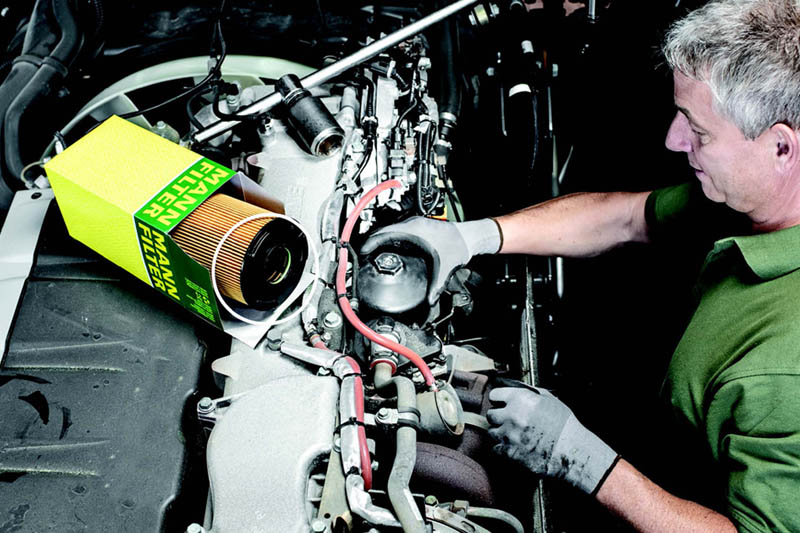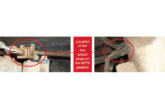
Mann+Hummel explains how to keep engine wear under control through regular oil changes.
It is not only solid contaminants in the engine oil which clog the engine and lead to accelerated wear. The blow-by gas can also contain aggressive material which damages sensitive engine surfaces. Effective protection can only be maintained through changing the oil regularly.
These days, when the costs of regular vehicle servicing are under the microscope and a wide range of good, expensive high-performance engine oils are available, it seems it might be time to finally say goodbye to changing the oil. The experts at Mann+Hummel would warn against this, however. People who wait too long to change oil when its due will cause greatly increased engine wear.
Vehicle manufacturers are working closely with mineral oil and filter producers to extend the interval between oil changes – not least because this offers more convenient, easier maintenance and helps to protect the environment.
It has been possible, using modern lubricants and filtration systems, to continue to slow down the pace at which wear occurs, with filters and oil working hand in hand. The function of the efficient oil filters here is to remove solid contaminants accumulating in the oil circuit: dust particles from the air and abrasive metal particles and soot from incomplete combustion of fuel.
As far as wear is concerned, particles between eight and 60 microns in size are particularly damaging. Without effective filtration, the mixture of oil and contaminants can badly affect the engine. Particles penetrate the narrow gaps between bearings, causing scoring and gradual wearing of pistons, cylinder sleeves, and bearings. With Mann+Hummel brand oil filters supplied in OE quality, such risks can be avoided.
The oil also has several functions: providing lubrication for moving engine parts, dissipating frictional heat, and protecting against corrosion. In addition, it neutralises combustion products and absorbs wear debris and particulate matter, holding them in suspension. The oil manufacturers have optimised their products with specifically formulated additives, so that sensitive engine component surfaces are not affected irreparably, and wear does not take place.
No shortcuts
Technical solutions which promise ‘no more oil changes’ point out that very fine particles can be filtered, and the service interval is thus extended. Solid particles certainly constitute a major part of the contaminants the lubrication system has to deal with, but this is a very one-sided view. A contaminant which is often overlooked is the absorption of so-called ‘blow-by gases’ into the oil; this greatly affects the wear characteristics.
During the compression phase, blow-by gases from the cylinder of internal combustion engines flow past the piston rings and enter the crankcase. These gases contain oil, fuel, and water. Chemical reactions take place, particularly between unburnt sulphur and nitrogen oxides and water. The presence of sulphuric and nitric acid has thus been identified in the engine oil.
These highly corrosive acids in the lubricant promote ageing of the oil, decomposition of additives, or even attack metallic surfaces directly. If the oil becomes hot when the engine is running, fuel vapours are emitted from the oil, leading to cavitation damage. In other words, the fuel evaporates quickly in specific areas, punching microscopically small holes in the surfaces. The lower the engine temperature, the more destructive the effects of the blow-by gases are.
When developing a new engine, vehicle manufacturers and OEMs carry out precise investigations and assessments of these effects. Manufacturers’ recommended oil change intervals support the best possible protection against wear. This means long service life for the engine and is a key element to maintain the long-term value of the vehicle.








